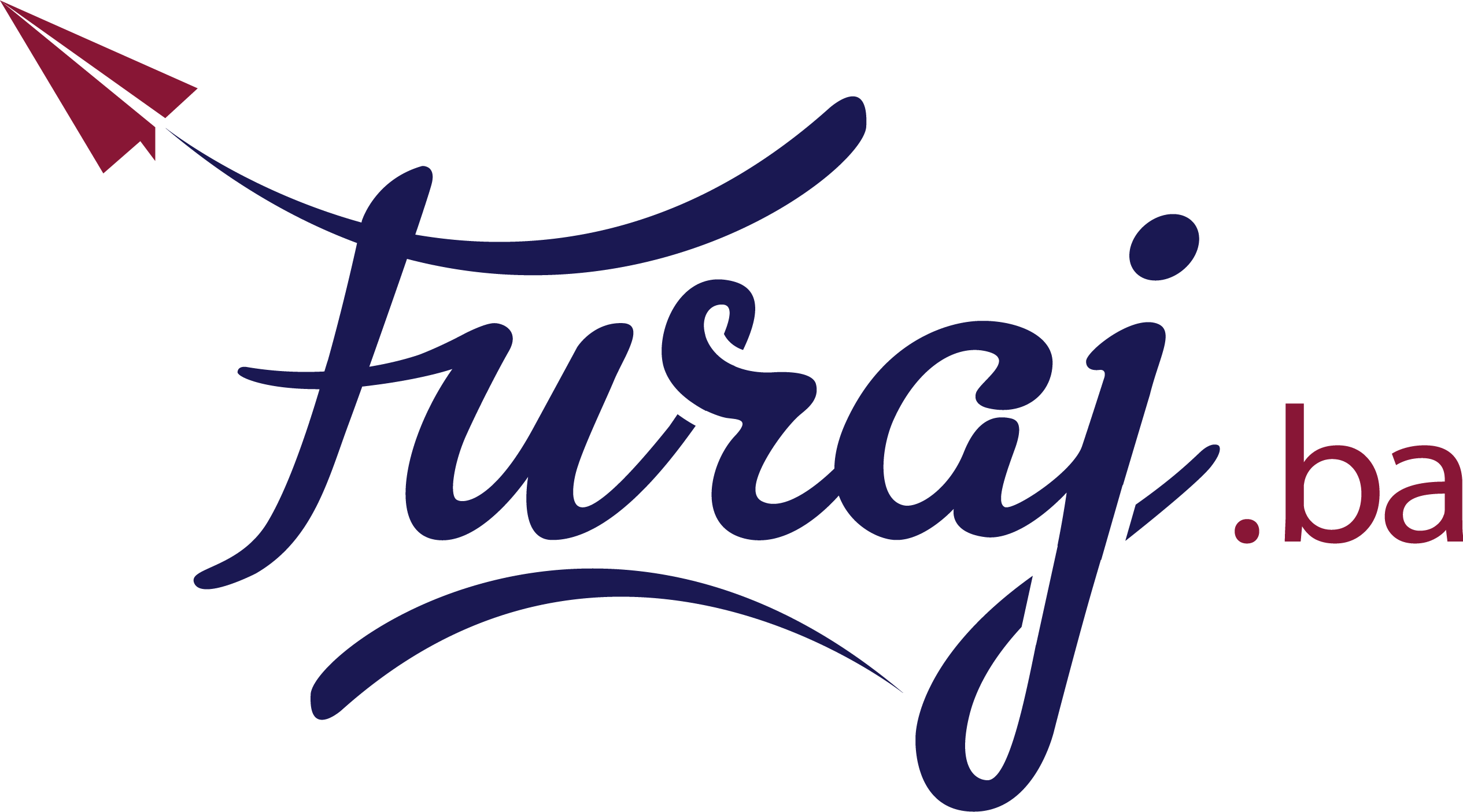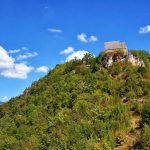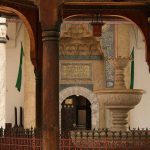It does lie a bit off the beaten track, it’s true. Yet, the city that was still “at the back of beyond” until the 1980s is now right in the heart of Europe. And a visit to the city that calls itself Regensburg is certainly well worthwhile, in particular because it lies in the center of a triangle that has Frankfurt, Munich and Prague at its corners.

Some people call Regensburg “Italy’s northernmost city”, for others it is “Germany’s medieval miracle”. Both groups are right. It’s not only the style of building that makes visitors feel that they are in an almost Italian atmosphere: the style of life enjoyed by the people of Regensburg in the summer is also reminiscent of life in southern Europe.

People here take every opportunity to organize a street festival, whether it features jazz or the arts, a jubilee or local traditions. And the fact that Regensburg has more pubs per square meter than any other town is easy to verify at every turn – in the pavement cafés, pubs, restaurants and the many shady beer-gardens.
Symbols of the city
Regensburg – which survived the Second World War almost unharmed – presents itself to visitors today as the only almost intact medieval city in Germany, a place that once counted among the greatest and richest urban centers in Europe. Yet, despite its great past, 2000-year-old Regensburg is by no means just a sleepy historical backwater today. In fact, it has 150,000 inhabitants and is now the fifth largest city in Bavaria. It not only has a young university with roughly 25,000 students but is also an expanding economic center providing work for about 100,000 people each day, largely in very modern high-tech enterprises.
Which other city can offer a 330-meter-long “icon”: the Romanesque stone bridge over the Danube?
The locals, admittedly, would probably maintain that the Historische Wurstkuchl, the little old restaurant that stands beside the bridge, is the real symbol of Regensburg. The “Sausage Kitchen’s” characteristic little sausages are reputed to have been served here with homemade sauerkraut and sweet mustard for more than 850 years.
Regensburg’s Domspatzen, the world’s oldest boys’ choir, are also frequently regarded as being synonymous with the city.

Discovering the city
The best way of discovering the heart and soul of Regensburg is to take part in a guided tour. In the course of an entertaining, roughly two-hour walk, visitors can become acquainted with old buildings and historic events, dramatic incidents and amusing anecdotes, hidden courtyards, narrow alleyways. This is the best way to begin to get to know the young and dynamic city behind the ancient walls before taking the initiative and – independently and brimming with ideas – experiencing Regensburg more intensively.
A guided tour is, however, also the ideal way to begin to find out what makes the ancient place so youthful, and how the old and new citizens of Regensburg enjoy their city and the way of life here.

Recreational offer
Yet Regensburg offers more than urban life, since its attractions do not end at the city’s boundaries. Being situated near the confluence of the rivers Regen, Naab and Laaber with the river Danube, the cathedral city offers not only the cultural amenities and hospitality to be found in a large urban center, but also opportunities for recreation and relaxation in the varied countryside of these river valleys. Whether you enjoy hiking or cycling, inline-skating, mountain-biking, rock-climbing, rowing or canoeing, you can practice all these sporting activities in the area immediately around Regensburg.
For the cyclist, particularly, there is lots to choose from: apart from the famous Danube Cycle Path leading from the river’s source to far beyond Vienna, Regensburg is also the starting point for the Regen Valley Path leading to the border of the Czech Republic. Alternatively, it’s possible to cycle along the Naab or the Laaber on a voyage of discovery through a peaceful and picturesque landscape or, if preferred, through countryside that will challenge even the fit sportsman.
And only a relatively short distance from Regensburg, you can visit the Bavarian Forest Nature Reserve and the Danube Gorge near Kelheim.

The Pope and his brother
Georg Ratzinger, the brother of the present Pope, Benedict XVI, was the director of the “Cathedral Sparrows” for many years. The Pope himself has close connections with Regensburg. After all, he was a professor at the university here in the early days of his career and he still has his private residence in a village on the edge of Regensburg.
Source: German Tourism Association
www.germany.travel




